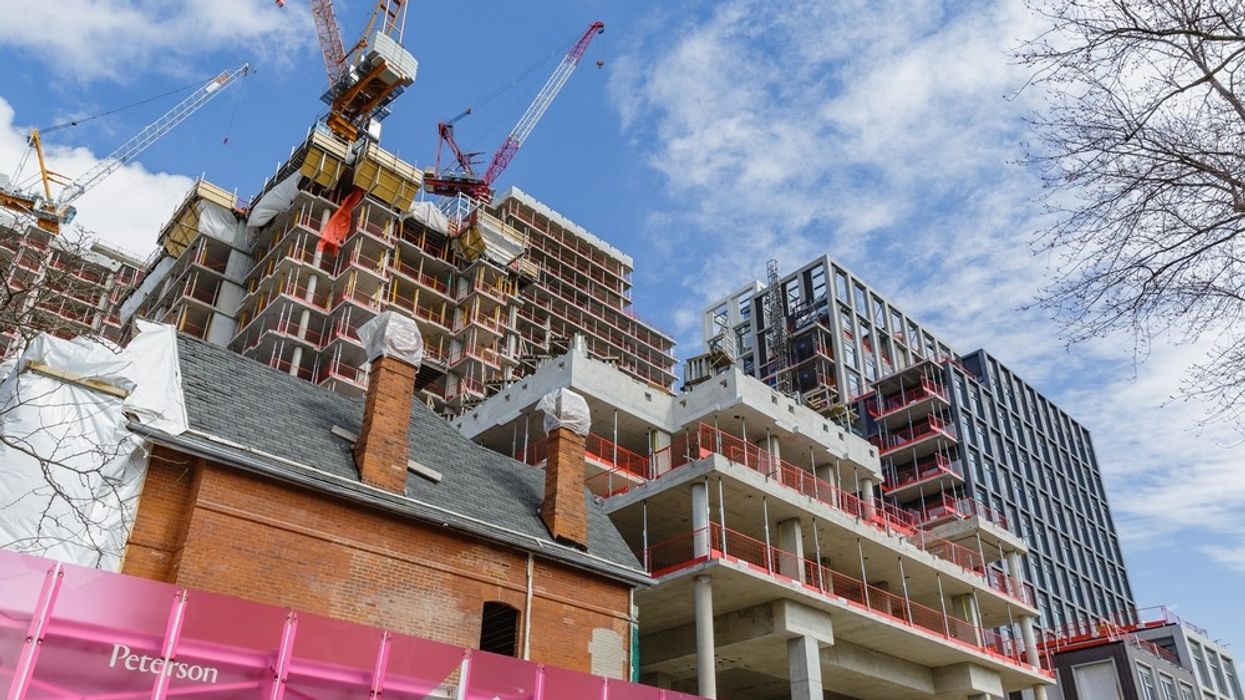The housing supply and affordability crisis is taking a toll on our country. That much is crystal clear.
Disturbingly, recent reports indicate the state of housing is affecting the well-being of Canadians and causing substantial social value implications, especially for renters and young people.
The economy is also taking a hit as it is affecting the financial stability, professional prospects and mobility of Canadians. Many are pulling up stakes and heading to other countries.
With housing prices expected to rise even more, the situation appears even more dire. Canada Mortgage and Housing Corporation (CMHC) is forecasting that by 2025 home prices could match the peak levels seen in early 2022, and that new highs could be reached by 2026.
While rental housing is expected to increase this year, demand will still outpace supply. Interest rates are expected to come down slightly, but that’s certainly not a given, and home affordability will remain a concern.
It is anticipated that housing starts across the country will decline before recovering in 2025 and 2026.
So, for people seeking affordable housing, and especially those looking to buy their first home, the picture does not look particularly bright.
In Ontario, the ambitious goal of building 1.5 million homes by 2031 seems to be getting further away. The government’s own projections show we’re nowhere near the target. New housing starts fell to 89,300 last year and are expected to fall to 87,900 this year, before rebounding to 94,400 in 2026. We’d have to build more than150,000 homes a year to make homes affordable.
The effects of housing unaffordability are damaging and far-reaching.
A report called Locked Out: Social Value Cost of GTA’s Housing Crisis noted that the housing affordability crisis extends beyond economic concerns, profoundly affecting the lives and satisfaction of residents. The report was done by the Canadian Centre for Economic Analysis (CANCEA).
Rising housing costs and the resulting unaffordability are critical social issues with far-reaching consequences for community cohesion and sustainability, the report states.
The research quantifies the impact of housing unaffordability in the GTA through a social value perspective and offers a view of the true costs of the crisis. It encompasses not just monetary factors but also the effects on the daily lives and satisfaction of individuals and communities.
The analysis showed there is a clear decrease in well-being due to housing unaffordability. It cost the GTA an estimated $37 billion in 2023, which represents about 7.7% of the region’s annual GDP.
The social value cost attributed to housing unaffordability in the GTA is about 1.75 times greater than that of cancer in the GTA, according to the study. Moreover, the social value cost related to housing unaffordability aligns closely with the costs associated with diabetes and represents 76% of the social value cost of heart disease, further emphasizing its impact.
The bottom line?
Lack of affordable housing is undermining the social fabric of our society. This is serious business. It is now equated with some of the most significant health challenges faced by Canadians.
An earlier report done by CANCEA delved into the macroeconomic consequences of poor housing affordability across Canada over the next 20 years and found that it will have a profound impact on disposable income spending by households, job creation, and tax revenue.
The report notes that housing unaffordability is associated with the loss of $24.4 billion in discretionary income. If housing affordability was restored, it would result in a $22B increase in economic activity, accompanied by 189,000 new jobs and $5B in additional tax revenues.
Interest rates, land acquisition, labour, and material costs are making it difficult enough for builders to build homes that working people can afford. Taxes, fees, and levies just add to the problem.
The add-ons account for 31% of the cost of new housing. This is passed on to the consumer, which means on a $1M home they’re paying $310K in taxes and fees. Amortize that over 25 years at an interest rate of 5%, and it adds another $230,893 in interest.
Recent supply-side measures introduced by the government are moving in the right direction, but more will be needed to unblock the first-time home buyer and expand the housing stock.
Policymakers can no longer deny the extent of the housing predicament. We need strategies to tackle the problem. And we need them soon.





















